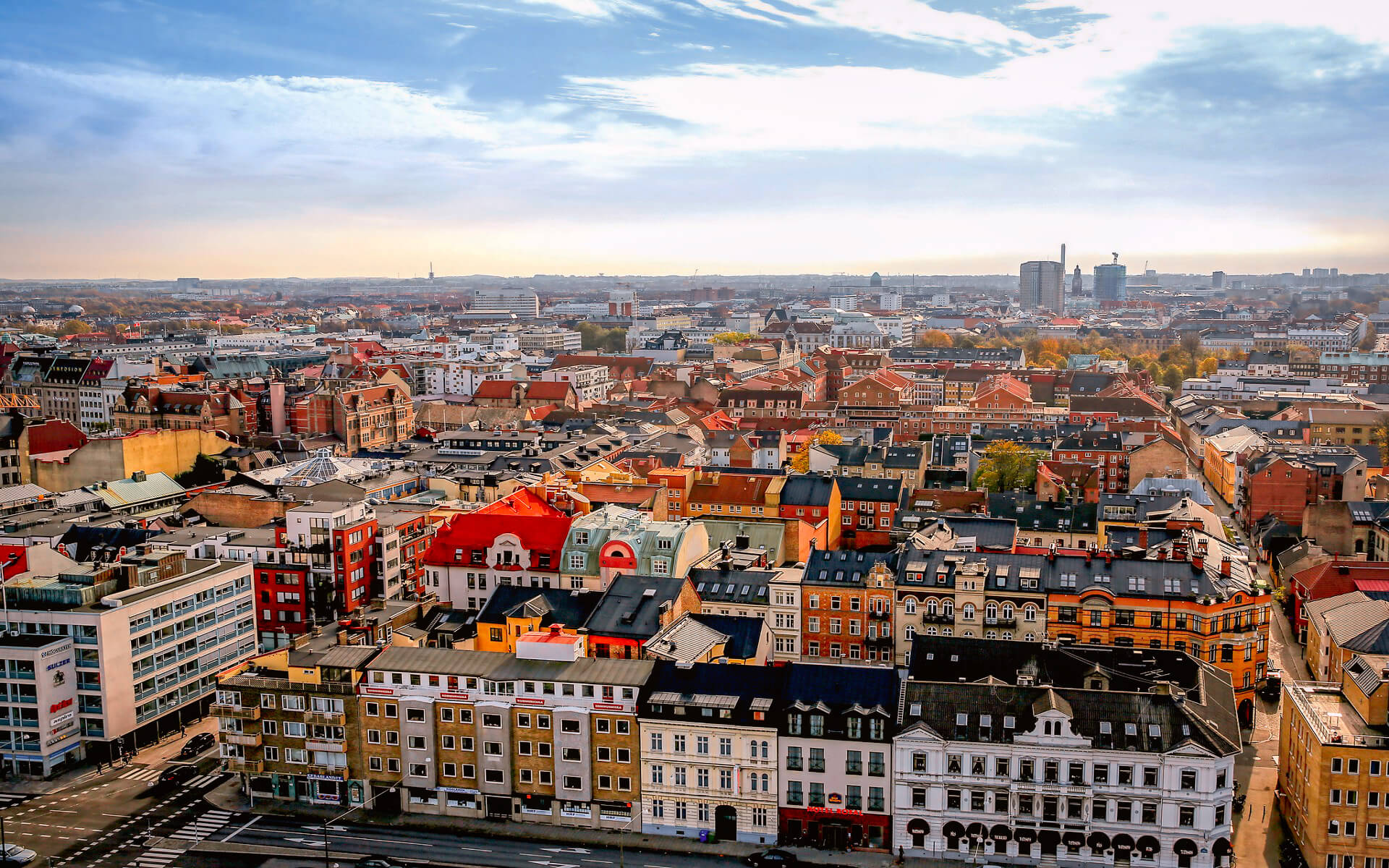Malmö is Sweden’s third-biggest city and the sixth largest in the Nordic nations. Malmö is also the most populated city in Scania, as well as the economic and cultural hub of South Sweden. Malmö is also a key component of the transnational Øresund Region, which encompasses Denmark east of the Great Belt (including Copenhagen) and Scania.
Malmö was one of Scandinavia’s first and most industrialized cities, but it struggled to adjust to post-industrialism. Malmö has undergone a major transformation with architectural developments since the construction of the Øresund Bridge, and it has attracted new biotech and IT companies, as well as students through Malmö University, which was founded in 1998. The city has several historic buildings and parks, and it also serves as an economic hub for Scania’s western region.
The administrative unit governing the majority of the city is Malmö Municipality, which has 309,105 residents in eight separate locations as of 31 March 2013. Malmö is also a bimunicipal municipality, with a portion of it formerly located in Burlöv Municipality. In December 2010, the urban area’s total population was 280,415 people.


